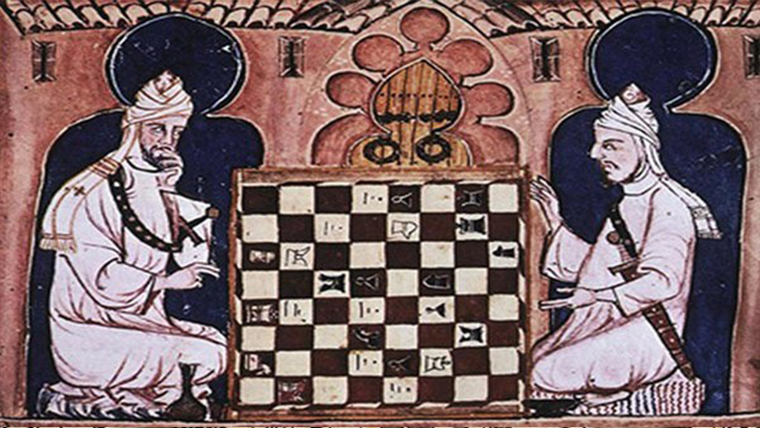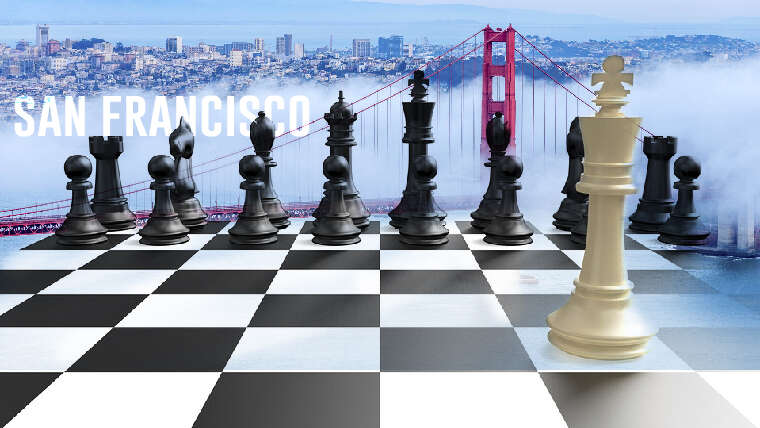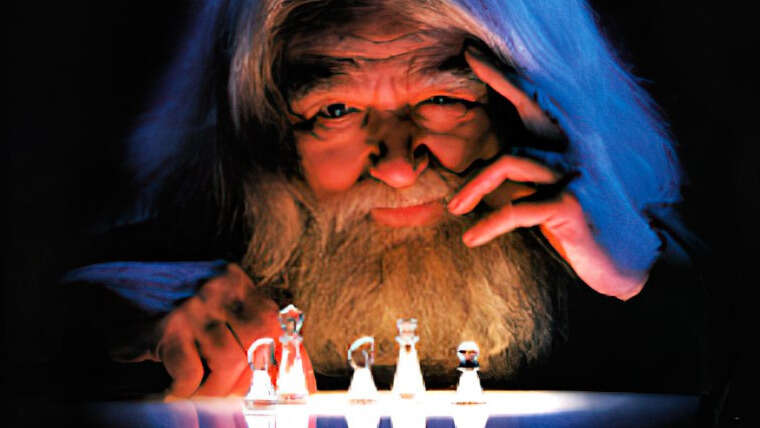Chess is one of the oldest and most popular board games in the world. With a rich history dating back over a thousand years, chess has undergone many changes and adaptations throughout the centuries, making it the game we know and love today. In this blog, we will explore the fascinating history of chess and how it has evolved into the game that we know today.
- Origins of Chess: The exact origins of chess are uncertain, but it is believed to have originated in northern India or southern Central Asia. The game was known as chaturanga and was played on an 8×8 board with pieces that represented different parts of an army, such as elephants, horses, and chariots. Chaturanga is an ancient Indian board game that is widely considered to be the ancestor of modern chess. It was played with dice and pieces that represented different units in a traditional Indian army, including elephants, horses, chariots, and foot soldiers. The objective of the game was to capture the opponent’s king, which was referred to as the “raja” in Indian terminology. Chaturanga was an important game in ancient India and was widely played by royalty and the general population. It was also regarded as a form of intellectual entertainment and a tool for developing strategic thinking and military tactics. Over time, the game was modified and spread to other parts of the world, eventually evolving into the form of chess we know today. Chess was introduced to the Islamic world in the 7th century and was eventually brought to the West in the 10th century.
- Development in Europe: Chess became very popular in Europe during the Middle Ages and underwent several changes and adaptations. The pieces and rules were standardized, and the game became more structured and regulated. Chess was also used as a tool for diplomacy and was often played by royalty and the nobility.
- The Age of Enlightenment: During the Age of Enlightenment, chess became more widely accessible, and the game was popularized among the general public. Chess clubs and organizations were formed, and the first recorded chess tournament was held in London in 1851. The game also underwent several rule changes, including the introduction of the queen’s gambit and the modern move notation system.
- The Rise of Competitive Chess: With the growth of chess clubs and organizations, competitive chess became more popular, and international tournaments were held. Chess legends such as Jose Capablanca, Bobby Fischer, and Garry Kasparov dominated the competitive scene and elevated the game to new heights.
- The Digital Age: With the advent of computers and the internet, chess has been revolutionized. Online chess has become incredibly popular, and many players now compete in virtual tournaments and participate in online chess communities. The game has also been adapted for mobile devices and video game consoles, making it more accessible and convenient than ever before.
- The Game Today: Chess remains one of the most popular board games in the world and continues to attract new players of all ages and skill levels. The game is enjoyed by millions of people worldwide, and many international tournaments are held each year. The game has also been embraced by the educational community, and many schools now offer chess programs to help develop critical thinking and problem-solving skills in students.
In conclusion, the history of chess is rich and fascinating, tracing its origins back over a thousand years. The game has undergone many changes and adaptations throughout the centuries, making it the popular and beloved game we know today. Whether you’re a beginner or an experienced player, chess provides a unique and challenging experience that has stood the test of time. So why not grab a chessboard and discover the rich history and exciting world of chess for yourself?
For private and group chess lessons please visit our website www.chessed.academy
You can also email us at coachkaran@chessed.academy



